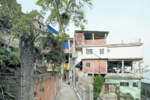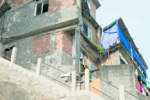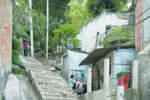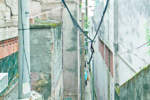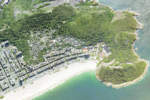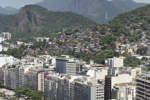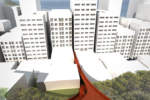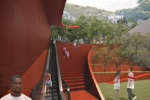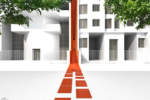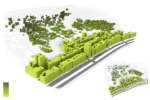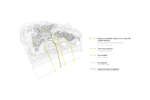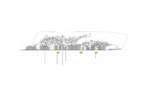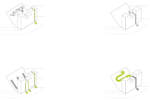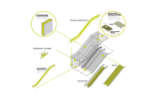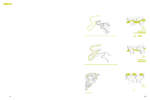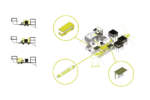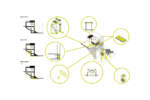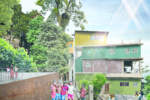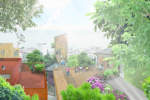architect: Archea
location: Rio de Janeiro
The project “Living the Community” has focused on the favelas of Babilonia and Chapéu Mangueira, located behind the Bairro do Leme, which have already been involved in the Morar Carioca project, launched by the Prefecture of Rio de Janeiro.
The research is ordered by Forum das Américas and developed by Archea Brasil together with a team of professors teaching at Italian and Brazilian universities, assisted by specialized consultants for aspects related to architecture, systems and technologies. The project suggests new intervention strategies that may serve to upgrade the spontaneous urban systems of Rio de Janeiro. The city, which is currently undergoing a process of transformation and renewal feels the need for an eco-compatible transformation of much of its “informal” building heritage.
This proposal, requested by the Italian Ministry for the Environment and Protection of the Territory and the Sea, represents an integration of that project.
Favelas, or rather comunidade, conurbations which have formed spontaneously to meet the pressing need for housing for the urban sub-proletariat since the late Nineteenth century, represent a reality of physical and social degradation that is no longer compatible with the city’s new political ambitions and strategies of global assertion. The complete separation and segregation of these areas from the rest of the metropolis, and especially from the legal residential areas defined as the “formal city”, in addition to the lack of services and infrastructures, the insalubrious conditions, the criminality and the more or less total lack of building permits resulting in statically and functionally precarious buildings, call for urgent interventions that must nevertheless be well-pondered, as it would be impossible to demolish such a vast quantity of built tissue.
The suggested planning strategy is inspired by a reading of the primary actions of a difficult day-to-day existence: to enter, get around, live, relate to others and to live sustainably. The project, aided by an important preparatory phase of analyses of the existing reality, aims to propose new operational solutions ranging from the architectural and urban scale to technological and sustainability-oriented choices intended for the moradores of the area, in order to bridge the gap between “formal” and “informal” city. More and more comfortable points of access through the creation of pedestrian routes, escalators, elevator towers and public transport services, in addition to a more developed mobile telephone network and widespread web accesses, will make it possible to achieve an urban and social desegregation that is desired and sought for by everyone in Rio.



